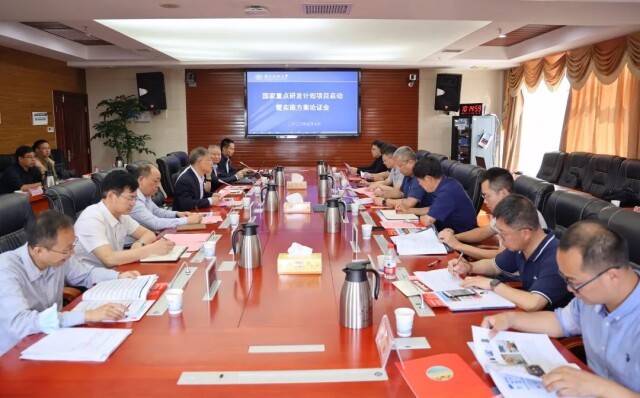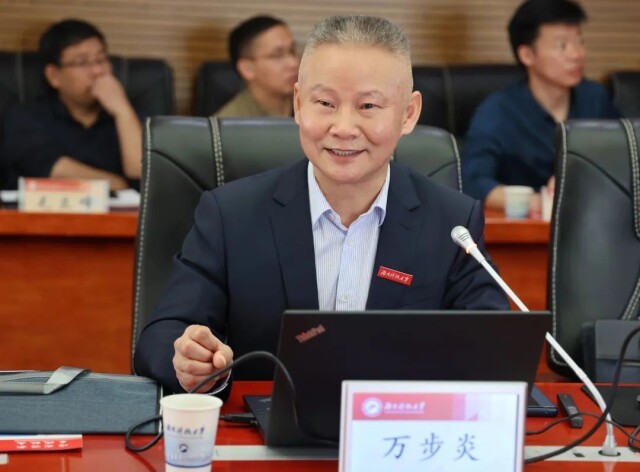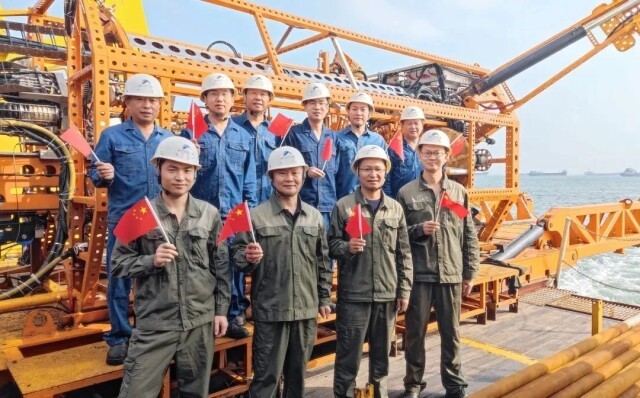
On 9 May, Hunan University of Science and Technology (HNUST) officially launched the “Hainiu” (meaning manatee) III project, led by Professor Wan Buyan, as part of China’s National Key R&D Program.
The meeting was attended by experts and professors from several prestigious universities and enterprises, including the Chinese Academy of Science (CAS), Xiamen University (XMU), Shanghai Jiaotong University (SJTU) and Changsha Research Institute of Mining and Metallurgy.

Following the successful launch of the project, Professor Wan Buyan will be spearheading his team from HNUST into the depths of the ocean to scale new scientific heights. This exciting venture is set to contribute significantly to China’s pursuit of self-reliance in marine science and technology as well as its efforts to become a stronger player in the international arena. The “Hainiu” project encompasses various fields, including deep ocean scientific drilling, offshore wind farm geological survey, and deep-sea rare earth exploration. This ambitious undertaking is of great significance for China as it seeks to assert its presence in global ocean competition and safeguard its national rights and interests.

Professor Wan and his team have remained steadfast in their original intention for over thirty years. The journal began in 1999, and after four years of hard work, they successfully witnessed the birth of the first self-invented deep-sea sampling drilling rig. In order to achieve complete technological independence, the team invented a series of drilling rig systems, including “Hainiu.” To date, “Hainiu” has created more than 2,000 drilling holes in the seabed worldwide and completed the prospecting of several subsea mines. Its birth has positioned itself as the actual forerunner of deep-sea-rig-aided marine geological exploration and provided China with independence in the field of flammable ice prospecting.
(Translated by HUANG Nan, LING Qian)